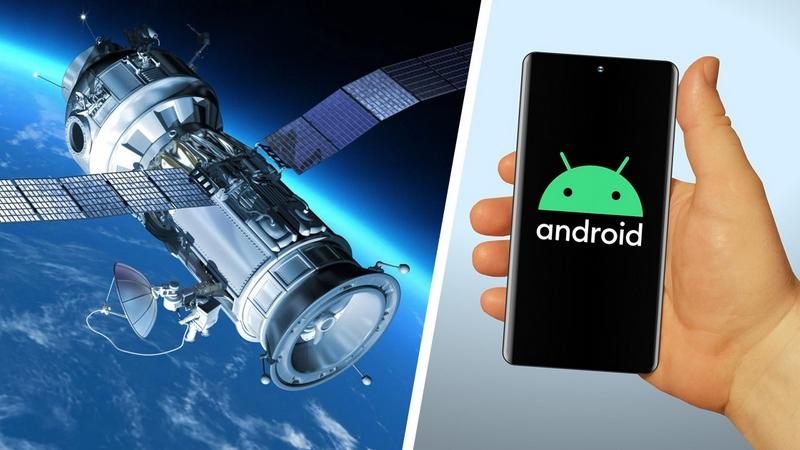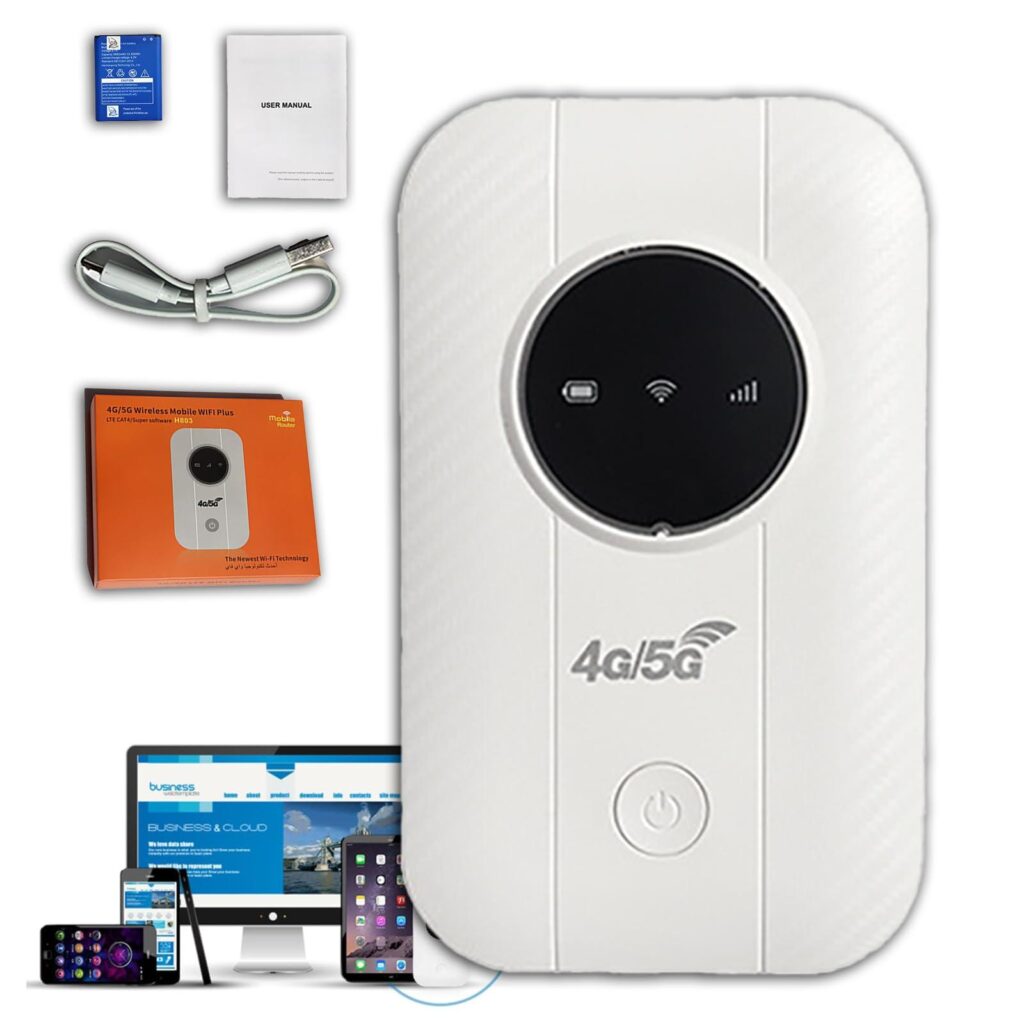In a world where staying connected is as essential as the air we breathe, the evolution of mobile technology continues to redefine the boundaries of communication. Satellite connectivity, once the domain of astronauts and remote researchers, is now weaving its way into the fabric of everyday mobile use. This silent revolution promises to bridge gaps where traditional networks falter, bringing a new era of seamless connectivity to the farthest corners of the globe. As satellites hover silently above, they are not just beaming signals-they are reshaping how we communicate, work, and explore in an increasingly mobile world. This article delves into the transformative impact of satellite connectivity on mobile use, exploring the technology, its challenges, and the possibilities it unlocks for users everywhere.
Table of Contents
- The Expansion of Coverage Beyond Traditional Networks
- Enhancing Emergency Response and Disaster Management
- Transforming Remote Work and Outdoor Exploration
- Optimizing Device Integration for Seamless Connectivity
- Best Practices for Leveraging Satellite-Enabled Mobile Services
- The Way Forward
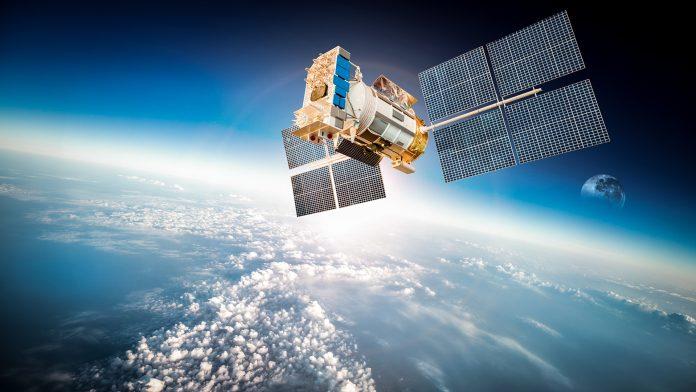
The Expansion of Coverage Beyond Traditional Networks
Satellite technology is no longer confined to remote scientific outposts or maritime communication; it’s rapidly becoming a mainstream extension of mobile networks. By bridging the gaps where terrestrial towers cannot reach, satellite connectivity dramatically widens the scope of mobile coverage. This means that users trekking through dense forests, hiking in mountainous regions, or sailing across vast oceans can now stay connected just as reliably as those in urban centers.
One of the most transformative aspects of this expansion is how it supports emergency services and disaster relief. When natural calamities strike and traditional cell towers fail, satellite links provide a lifeline, enabling first responders and affected individuals to communicate effectively. This resilience in connectivity is reshaping how we think about network reliability and global accessibility.
- Global reach: Access to mobile signals anywhere on Earth
- Consistent connectivity: Seamless handoffs between terrestrial and satellite networks
- Enhanced safety: Reliable communication during disasters or in isolated areas
- New opportunities: Support for IoT devices in agriculture, shipping, and aviation
| Feature | Traditional Networks | Satellite Connectivity |
|---|---|---|
| Coverage Area | Localized, dependent on towers | Global, including remote regions |
| Reliability in Disasters | Often compromised | Robust, independent of ground infrastructure |
| Latency | Low | Improving with LEO satellites |
| Use Cases | Urban and suburban mobile use | Emergency, maritime, rural, IoT |
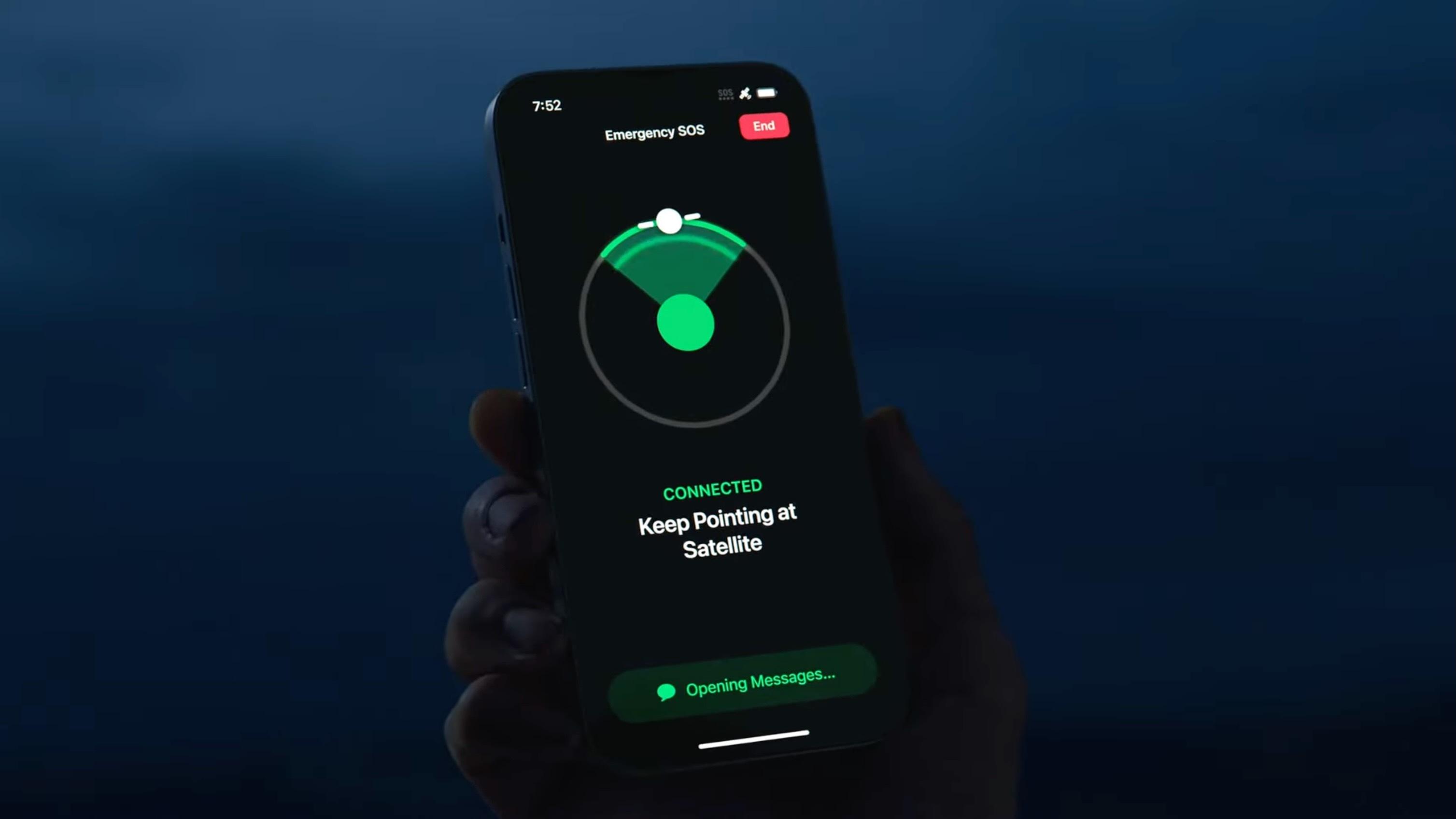
Enhancing Emergency Response and Disaster Management
Satellite connectivity is revolutionizing how first responders and disaster management teams operate in crisis zones. When terrestrial networks fail due to natural calamities or infrastructure damage, satellite links provide a resilient communication backbone. This ensures that emergency teams remain connected, coordinating rescue operations without interruptions, no matter how remote or devastated the area is.
Real-time data exchange becomes a game-changer in disaster scenarios. High-speed satellite connections enable the transmission of live video feeds, weather updates, and geographic information system (GIS) data directly to command centers and field units. This instant flow of information enhances decision-making, allowing responders to allocate resources with unmatched precision and speed.
Moreover, satellite connectivity supports interoperable communication between various agencies-firefighters, medical teams, law enforcement, and humanitarian organizations-bridging gaps caused by incompatible radio systems or network restrictions. This unified communication channel is crucial for orchestrating complex relief efforts and ensuring that critical messages reach the right people at the right time.
- Uninterrupted communication in blackout zones
- Enhanced coordination across multiple agencies
- Access to real-time situational awareness via live data feeds
- Rapid deployment of mobile satellite terminals in field
| Feature | Benefit in Emergency Response |
|---|---|
| Global Coverage | Reach isolated disaster sites without local infrastructure |
| Low Latency | Supports real-time video and voice communications |
| Robust Hardware | Operates in harsh environments with minimal maintenance |
| Scalable Solutions | Accommodates sudden spikes in user connectivity |
Transforming Remote Work and Outdoor Exploration
Imagine a world where your office is wherever you choose to set up-be it a mountain peak, a desert oasis, or a quiet beach cove. Satellite connectivity is dissolving the boundaries of traditional workspaces, empowering professionals to stay connected without the constraints of terrestrial networks. This technology ensures that no matter how remote the location, seamless communication, video conferencing, and cloud access are always within reach.
For outdoor enthusiasts and explorers, satellite connectivity is a game-changer. It turns every adventure into a safe, interactive experience by providing real-time GPS tracking, emergency response capabilities, and instant social sharing options. Gone are the days of losing signal or waiting to return to civilization just to update your status or check the weather.
Key benefits include:
- Uninterrupted internet access beyond cellular coverage
- Improved safety with emergency SOS and location sharing
- Enhanced productivity through cloud-based tools on the go
- Real-time data and communication for remote teams and explorers
| Use Case | Benefit | Ideal For |
|---|---|---|
| Remote Workstations | Reliable high-speed access | Freelancers, Digital Nomads |
| Adventure Expeditions | Safety & navigation | Hikers, Climbers, Campers |
| Field Research | Real-time data upload | Scientists, Environmentalists |
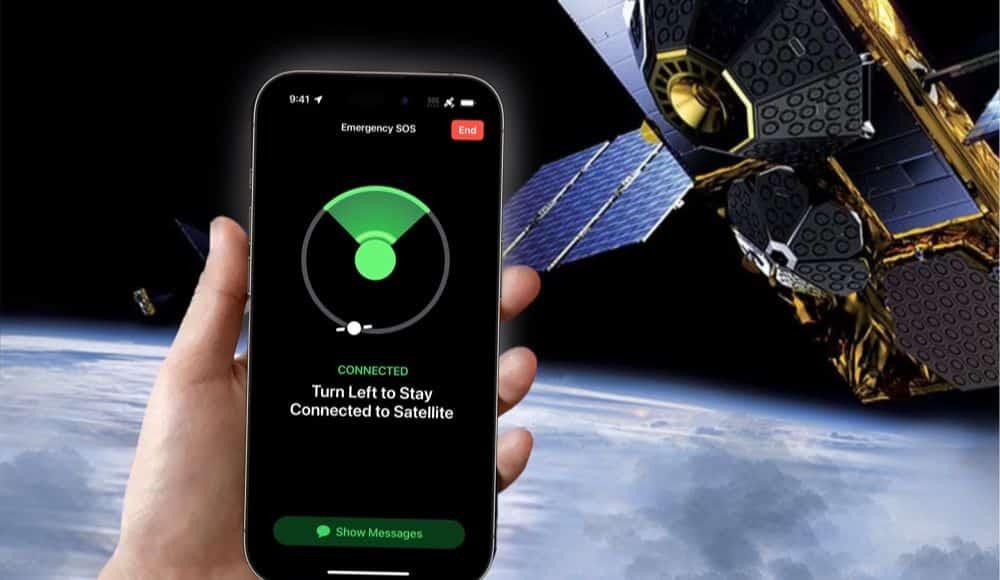
Optimizing Device Integration for Seamless Connectivity
To achieve truly seamless connectivity, devices must communicate effortlessly across diverse networks. This means integrating satellite links with terrestrial infrastructure in a way that feels natural to the user, without manual intervention or delays. Modern mobile devices are beginning to incorporate intelligent algorithms that switch between satellite and cellular signals based on signal strength, battery consumption, and data requirements, creating a fluid experience regardless of location.
One of the key enablers of this integration is the development of universal communication protocols that bridge the gap between satellites and mobile hardware. These protocols ensure compatibility across ecosystems, enabling devices from different manufacturers to maintain consistent connections. Additionally, the rise of edge computing capabilities allows data processing closer to the user, reducing latency and improving the responsiveness of satellite-enabled applications.
Device manufacturers are also focusing on hardware miniaturization and energy efficiency to support satellite connectivity without compromising the sleek designs or battery life consumers expect. Innovations such as low-power satellite modems and advanced antenna arrays allow mobiles to maintain a stable connection even in challenging environments like urban canyons or remote wilderness.
- Adaptive Network Switching: Automatic toggling between satellite and cellular networks.
- Cross-Platform Compatibility: Standardized protocols for seamless device communication.
- Energy-Efficient Hardware: Prolonged battery life during satellite communication.
- Edge Computing Integration: Lower latency through localized data processing.
| Feature | Benefit | Impact on User Experience |
|---|---|---|
| Automatic Network Switching | Seamless connectivity | No manual setup, continuous access |
| Energy-Efficient Modems | Longer battery life | Extended device usage in remote areas |
| Universal Protocols | Interoperability | Devices work well across providers |
| Edge Computing | Reduced latency | Faster app response times |
Best Practices for Leveraging Satellite-Enabled Mobile Services
To truly harness the power of satellite-enabled mobile services, it’s essential to optimize your approach with a clear focus on reliability and efficiency. Prioritize devices and applications specifically designed for satellite connectivity, as these are tailored to manage the unique latency and bandwidth characteristics of satellite networks. Leveraging adaptive software that intelligently switches between terrestrial and satellite links ensures seamless user experiences without compromising connectivity.
Security also plays a pivotal role when integrating satellite links into mobile infrastructures. Implement end-to-end encryption and robust authentication protocols to safeguard data traveling through vast and often remote satellite networks. This minimizes vulnerabilities that could arise from the expansive coverage area and the inherently different infrastructure compared to traditional terrestrial mobile networks.
Another critical consideration is data management. Satellite connections, while expansive, can sometimes present constraints in terms of cost and speed. Employing smart data compression and prioritizing essential communications helps maintain optimal performance. Additionally, proactive monitoring tools designed for satellite environments can provide real-time insights into network health, enabling preemptive troubleshooting and minimizing downtime.
- Choose satellite-compatible devices and apps for smooth integration.
- Implement strong cybersecurity practices to protect data integrity.
- Optimize data usage with compression and prioritization techniques.
- Use real-time monitoring to maintain network reliability.
| Best Practice | Benefit |
|---|---|
| Adaptive Connectivity Switching | Ensures continuous service despite signal fluctuations |
| End-to-End Encryption | Protects sensitive data across satellite links |
| Smart Data Compression | Reduces bandwidth costs and speeds up transmission |
| Real-Time Network Monitoring | Detects and resolves issues proactively |
The Way Forward
As satellite connectivity continues to weave its way into the fabric of our mobile experiences, the boundaries of what is possible expand beyond the horizon. From remote villages to bustling cities, this invisible web is bridging gaps, enhancing communication, and redefining mobility in ways once only imagined. While challenges remain, the fusion of satellite technology with everyday mobile use promises a future where connection knows no limits-inviting us all to stay linked, informed, and engaged, no matter where we roam.